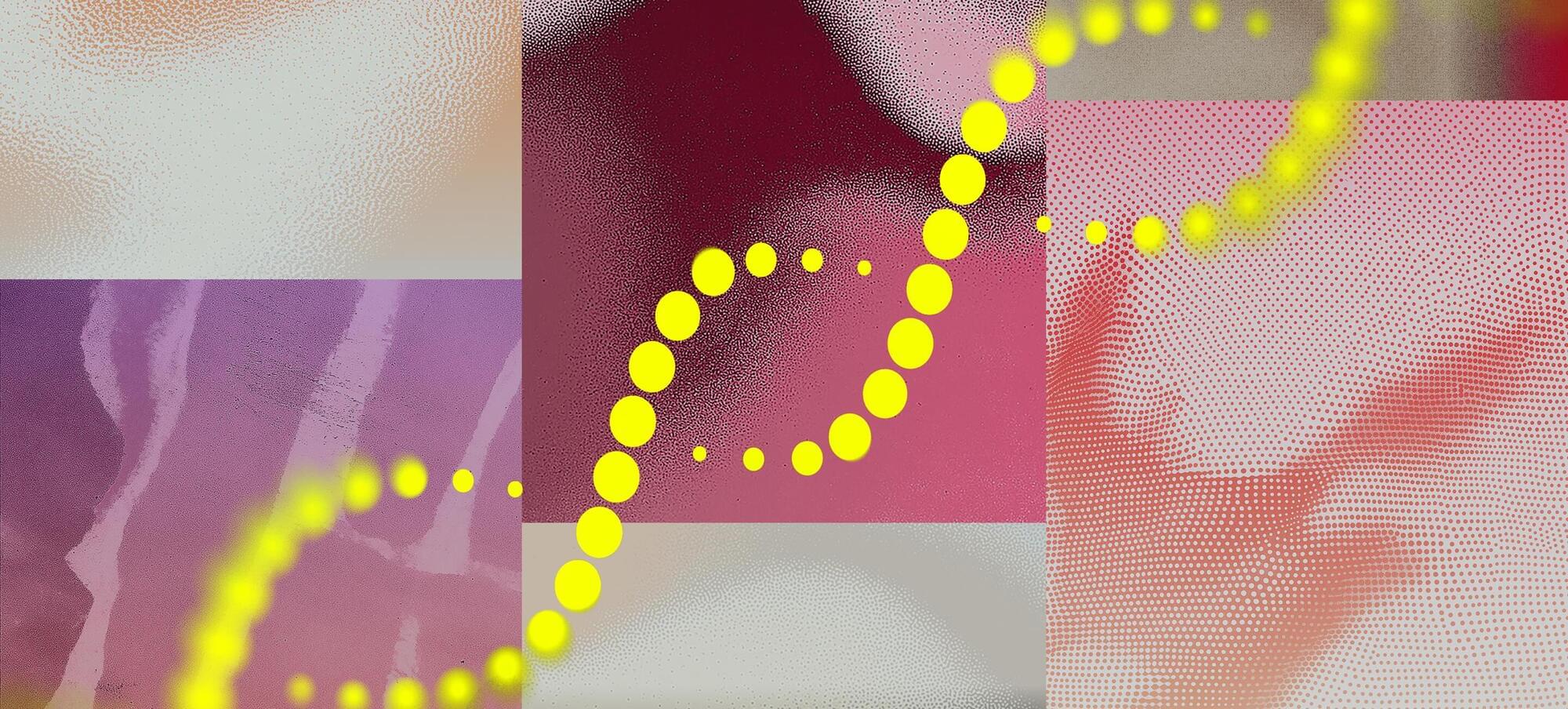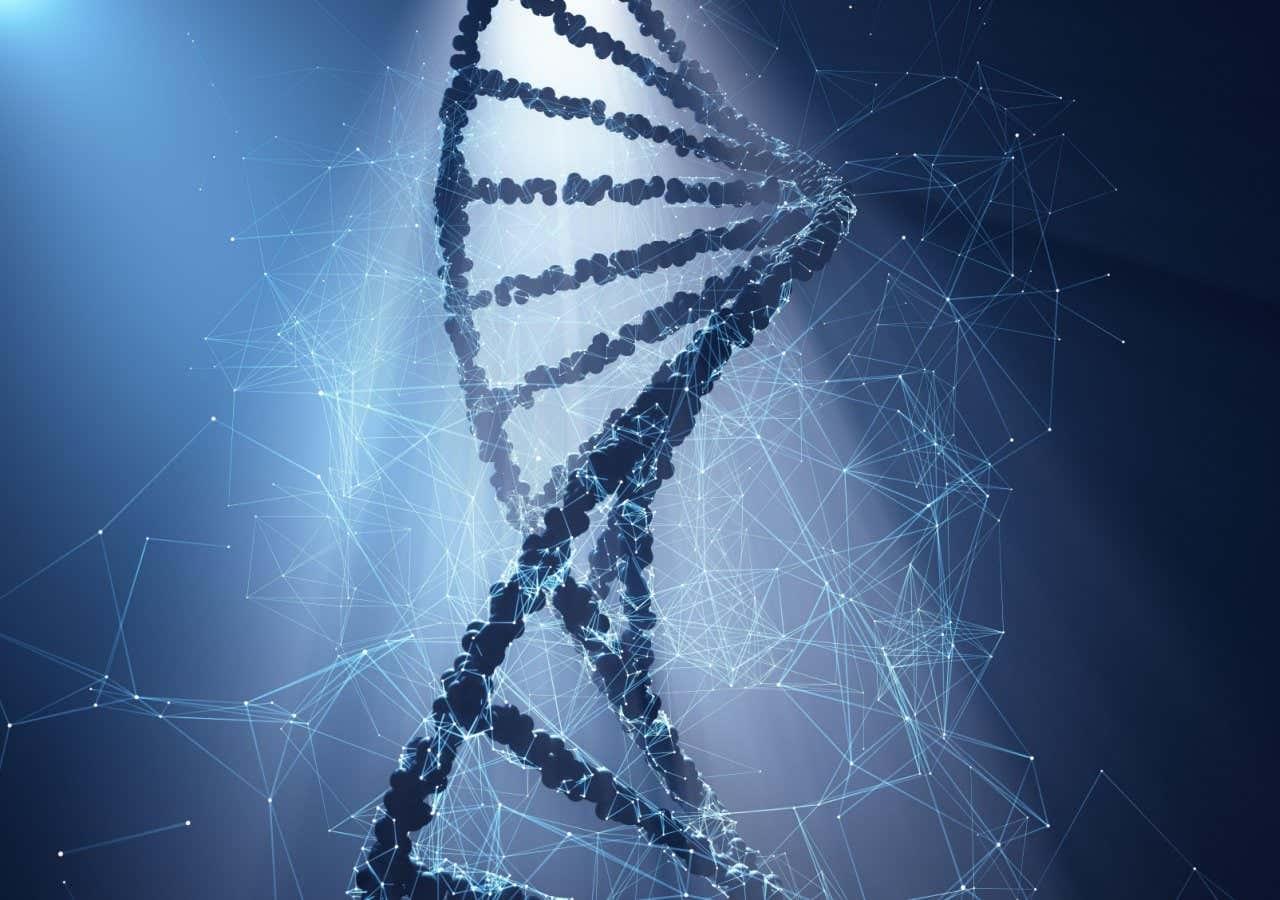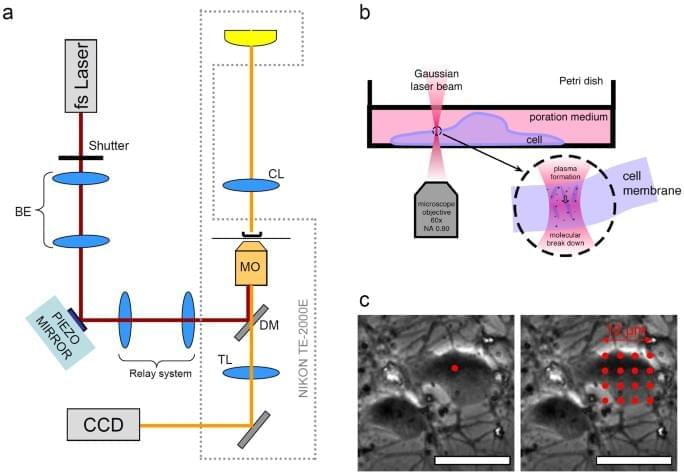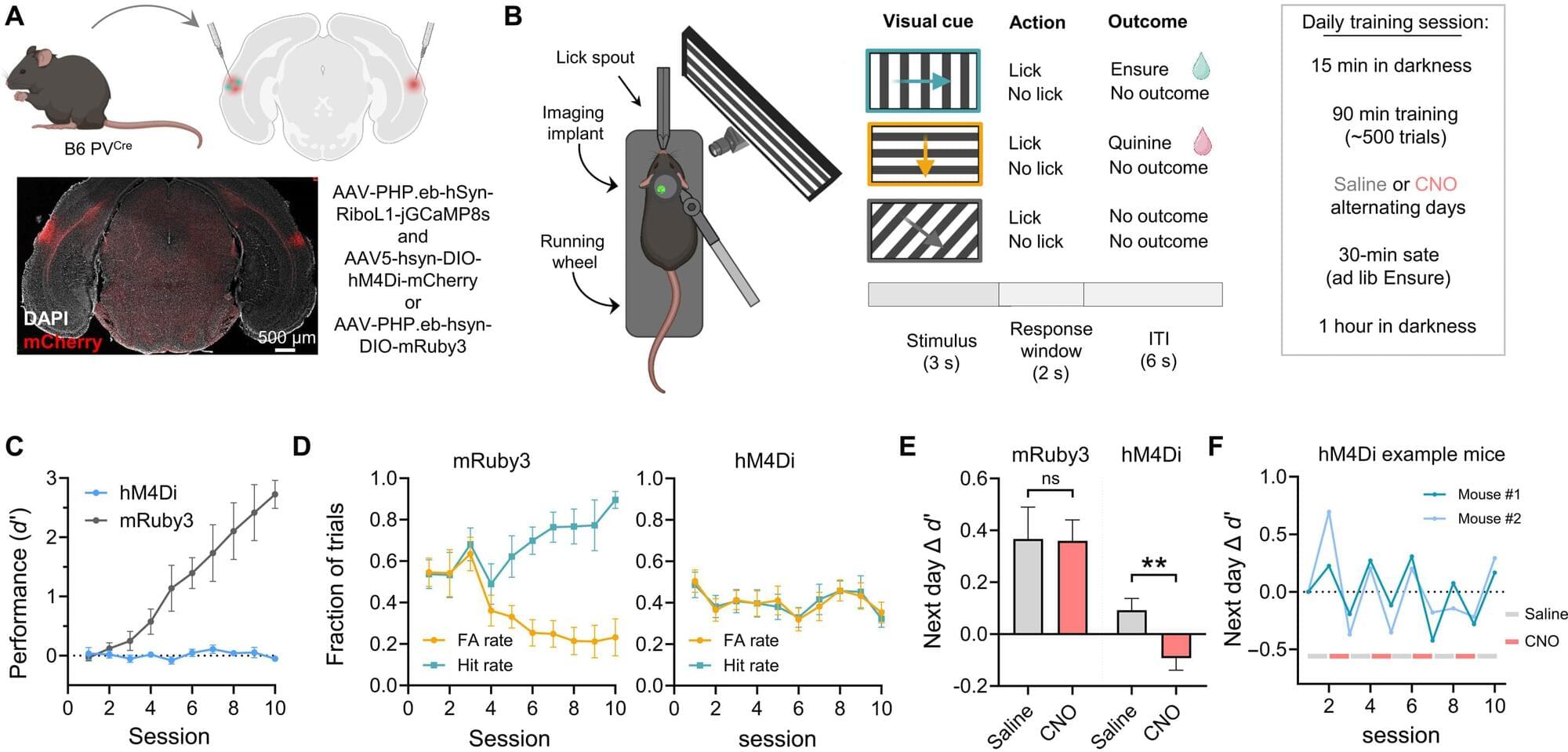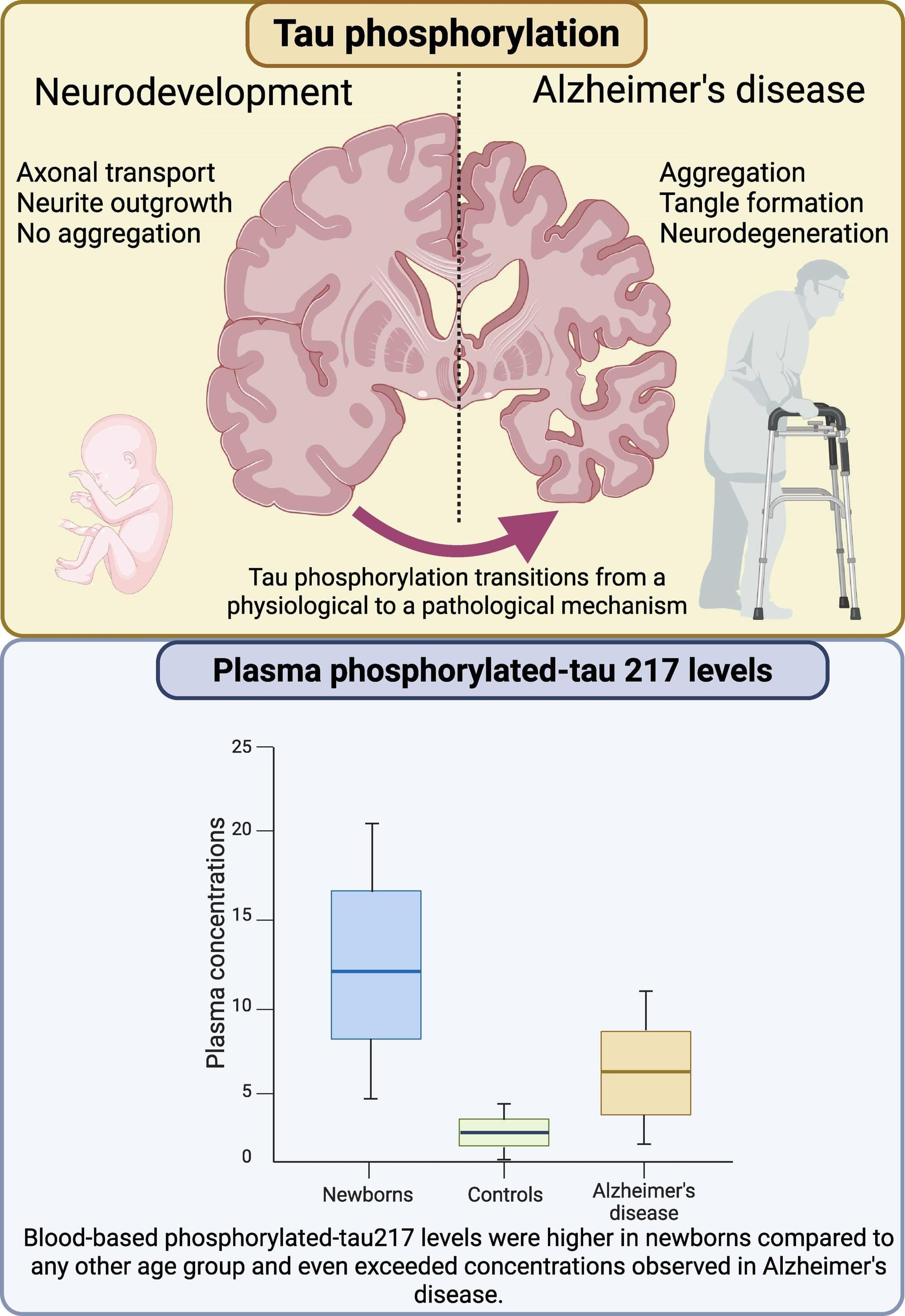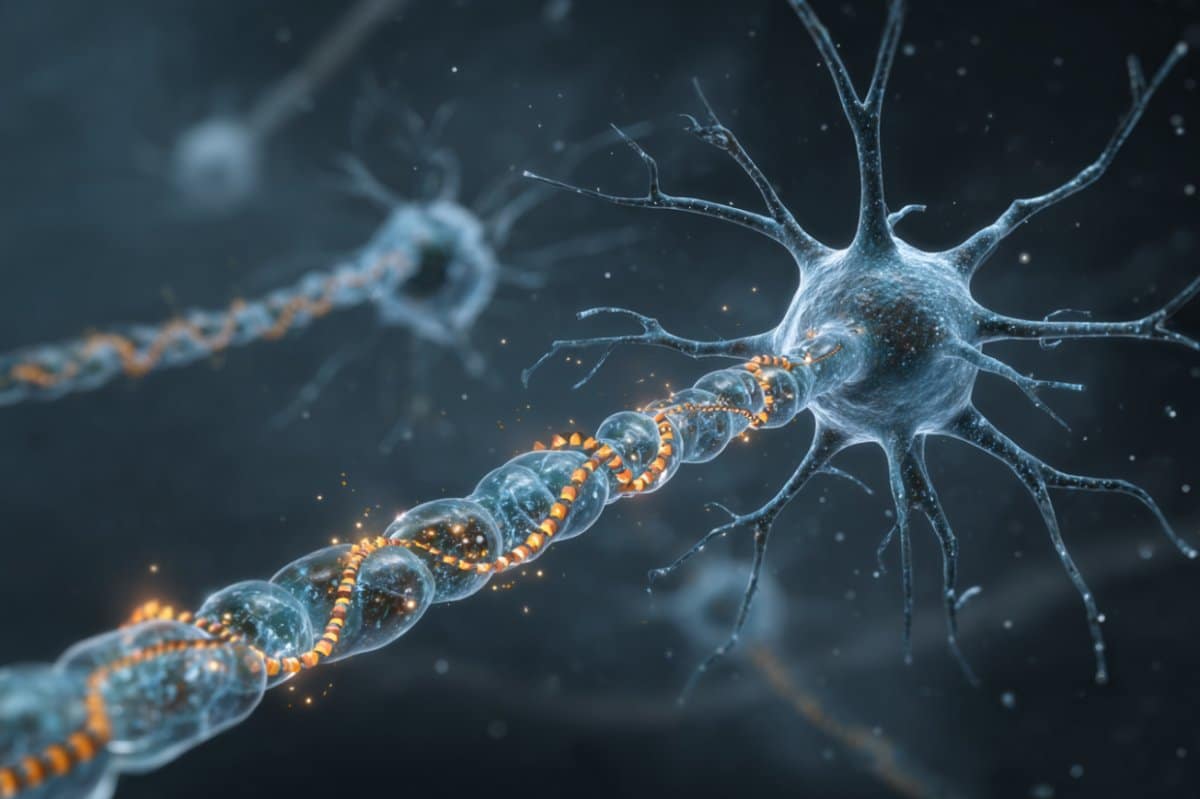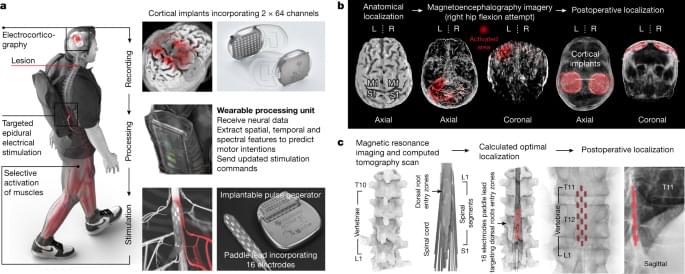Microsoft says it has developed an AI system that creates a ‘path to medical superintelligence’ that can deal with ‘diagnostically complex and intellectually demanding’ cases and diagnose disease four times more accurately than a panel of human doctors.
[ https://microsoft.ai/wp-content/uploads/2025/06/MAI-Dx-Orche…0x1498.jpg https://microsoft.ai/new/the-path-to-medical-superintelligence/
[ https://arxiv.org/abs/2506.22405](https://arxiv.org/abs/2506.
“Benchmarked against real-world case records published each week in the New England Journal of Medicine, we show that the Microsoft AI Diagnostic Orchestrator (MAI-DxO) correctly diagnoses up to 85% of NEJM case proceedings, a rate more than four times higher than a group of experienced physicians. MAI-DxO also gets to the correct diagnosis more cost-effectively than physicians.”
AI that thinks like a doctor: a new era in medical diagnosis.
Imagine walking into a doctor’s office with a strange set of symptoms. Rather than jumping to conclusions, the doctor carefully asks questions, orders tests, and adjusts their thinking at every step based on what they learn. This back-and-forth process—called sequential diagnosis—is what real-world medicine is all about. But most AI systems haven’t been tested this way. Until now.
A new benchmark called Sequential Diagnosis is flipping the script.
